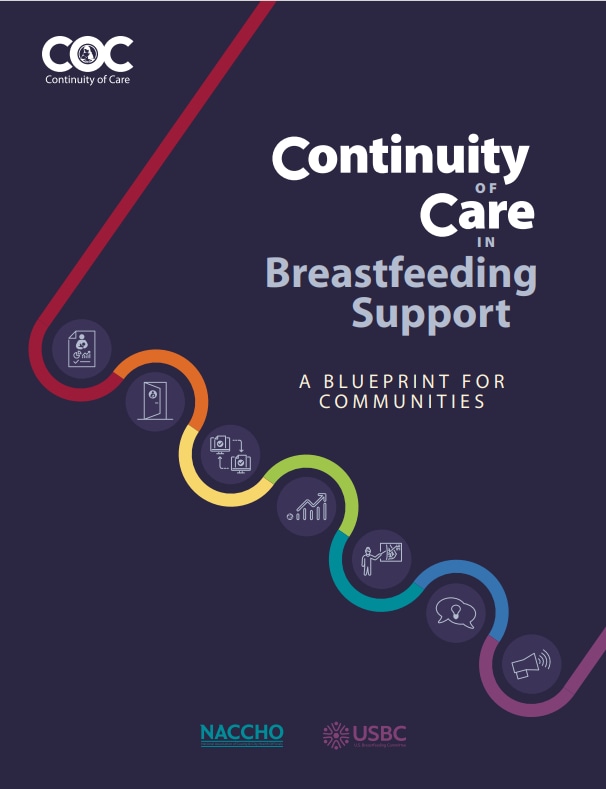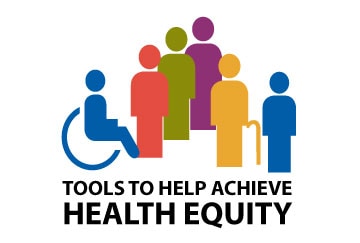State and Local Strategies
One of the most effective measures families can take to protect the health of infants is to breastfeed. State and local organizations can support breastfeeding where families live, work, play and raise children by implementing organizational policies, systems, and environment solutions.
Consistent, collaborative, and seamless delivery of high-quality services from the prenatal period until families are no longer breastfeeding is called continuity of care. This support helps women initiate and continue to breastfeed for as long as mother and baby desire.
For background information, potential activities, resources, and examples of what others are doing, see:
Differences in breastfeeding duration vary by race, ethnicity, and socioeconomic status. Improving continuity of care could address these disparities.
The 2020–2025 Dietary Guidelines for Americans [PDF-30.6MB] (Dietary Guidelines) and the American Academy of Pediatrics (AAP) recommend that infants be exclusively breastfed for about the first 6 months. At about 6 months, the Dietary Guidelines recommends continued breastfeeding for at least 1 year, along with the introduction of complementary foods. The AAP recommends continued breastfeeding for at least 2 years or longer if desired.
Tools from State Programs
Minnesota Breastfeeding-Friendly Health Departments Program
Ten-step process and toolkit for supporting breastfeeding practices at local public health agencies and tribal health boards.
Texas Mother-Friendly Worksite Program
Recognizes worksites that comply with “Mother-Friendly” criteria, including having a written and communicated policy that provides space for breast milk expression in the worksite, flexible work schedules for breastfeeding mothers, access to clean running water to wash hands and clean equipment, and access to hygienic breast milk storage options.
California’s 9 Steps to Breastfeeding Friendly: Guidelines for Community Health Centers and Outpatient Care Settings
Supports community health centers and outpatient care settings to successfully implement practices and policies that protect, promote and support breastfeeding. The guidelines provide a framework for creating and sustaining a community-based, universally assessable, quality care and support system for breastfeeding mothers and their families.
Wisconsin’s Ten Steps to Breastfeeding Friendly Childcare Centers
Resources to help community partners assist childcare center employees and owners with accurate and consistent lactation support to breastfeeding families whose babies are in their care.
Links to non-federal government organizations found in this document are provided solely as a service to the reader. These links do not constitute an endorsement of these organizations or their programs by CDC or the federal government, and none should be inferred. CDC is not responsible for the content of the individual organization sites listed on this website.


